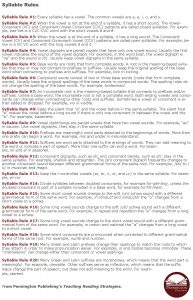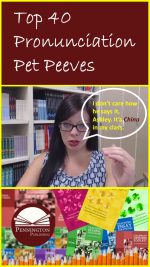Research-Based Vocabulary Worksheets
The two most often-used methods of vocabulary instruction include passing out a vocabulary list to be memorized for the Friday quiz and pre-teaching a few vocabulary words prior to reading. Each method has its limitations. Retention of rote memorization without reinforced, deliberate practice is minimal. Exposure to a key word in a reading selection without context provides minimal understanding.
Whereas the Common Core State Standards have been widely criticized in some academic areas, I’ve never heard a parent, student, or teacher criticize the vocabulary Standards detailed in the Language Strand. Whether states re-write, re-name, or simply re-number the Common Core State Standards, the essential components of vocabulary instruction are retained. As an MA reading specialist, both vocabulary acquisition and retention are the keys to the kingdom. But minds are not simply empty vessels to be filled with ACT/SAT vocabulary; minds are also to be trained to acquire and retain words on their own. The latter is not the natural process that some describe (or hope for). Surely the process of vocabulary growth can be made more efficient and accurate with training. That’s where good teaching comes in… and one important instructional strategy is the research-based vocabulary worksheet.
The educational research provides insight as to what makes a vocabulary worksheet an effective instructional strategy for knowledge and/or skills acquisition.
In a January 2016 article, the American Psychological Association published a helpful article titled “Practice for Knowledge Acquisition (Not Drill and Kill)” in which researchers distinguish between deliberate practice and “drill and kill” rote memorization: “Deliberate practice involves attention, rehearsal and repetition and leads to new knowledge or skills that can later be developed into more complex knowledge and skills… (Campitelli & Gobet, 2011).”
“… several conditions that must be in place in order for practice activities to be most effective in moving students closer to skillful performance (Anderson, 2008; Campitelli & Gobet, 2011; Ericsson, Krampe, & Clemens, 1993). Each of these conditions can be met with carefully designed instruction.”
Most of the Tier II academic (not content-specific) language is gained through widespread reading of challenging text, Reading lots of words matters, but reading at a word recognition level of about 5% unknown words, coupled with context clues instruction and practice maximizes the amount of vocabulary acquisition and retention. According the writers of the Common Core, text complexity really matters. Research-based vocabulary worksheets can help provide deliberate practice in how to independently grow vocabulary.
The second key to vocabulary development is deep instruction in the words themselves. Passing out the vocabulary list to memorize is not “deep instruction.” Let’s take a look at the Common Core Vocabulary Standards to understand. Following are the eighth grade Standards. Highlights are my own to facilitate skimming and to provide your own vocabulary check-list of “Do that,” “Don’t do that, but need to” self-evaluation.

Comprehensive Vocabulary
Vocabulary Acquisition and Use:
Determine or clarify the meaning of unknown and multiple-meaning words or phrases based on grade 8 reading and content, choosing flexibly from a range of strategies.
Use context (e.g., the overall meaning of a sentence or paragraph; a word’s position or function in a sentence) as a clue to the meaning of a word or phrase.
Use common, grade-appropriate Greek or Latin affixes and roots as clues to the meaning of a word (e.g., precede, recede, secede).
Consult general and specialized reference materials (e.g., dictionaries, glossaries, thesauruses), both print and digital, to find the pronunciation of a word or determine or clarify its precise meaning or its part of speech.
Verify the preliminary determination of the meaning of a word or phrase (e.g., by checking the inferred meaning in context or in a dictionary).
Demonstrate understanding of figurative language, word relationships, and nuances in word meanings.
Interpret figures of speech (e.g. verbal irony, puns) in context.
Use the relationship between particular words to better understand each of the words.
Distinguish among the connotations (associations) of words with similar denotations (definitions) (e.g., bullheaded, willful, firm, persistent, resolute).
Acquire and use accurately grade-appropriate general academic and domain-specific words and phrases; gather vocabulary knowledge when considering a word or phrase important to comprehension or expression.
*****
For full-year vocabulary programs which include multiple meaning words (L.4.a.), Greek and Latin morphology with Morphology Walls (L.4.a.), figures of speech (L.5.a.), words with special relationships (L.5.b.), words with connotative meanings (L.5.c.), and academic language words (L.6.0), check out the assessment-based grades 4, 5, 6, 7, and 8 Comprehensive Vocabulary.
Get the Grades 4,5,6,7,8 Vocabulary Sequence of Instruction FREE Resource:
![]()
Get the Greek and Latin Morphology Walls FREE Resource:
![]()
Get the Diagnostic Academic Language Assessment FREE Resource:
![]()



